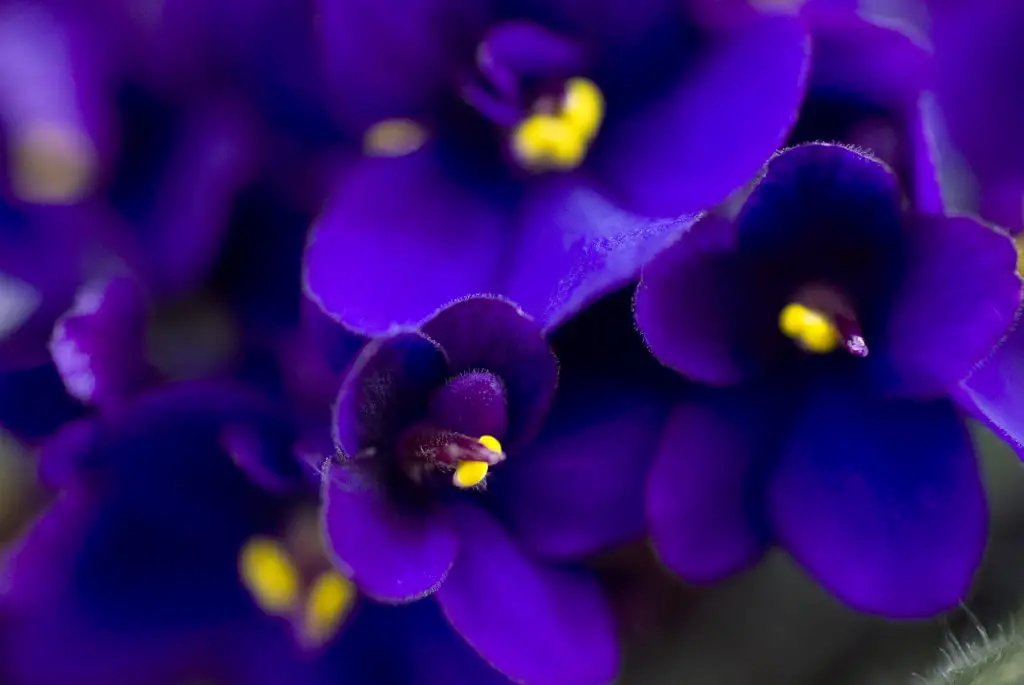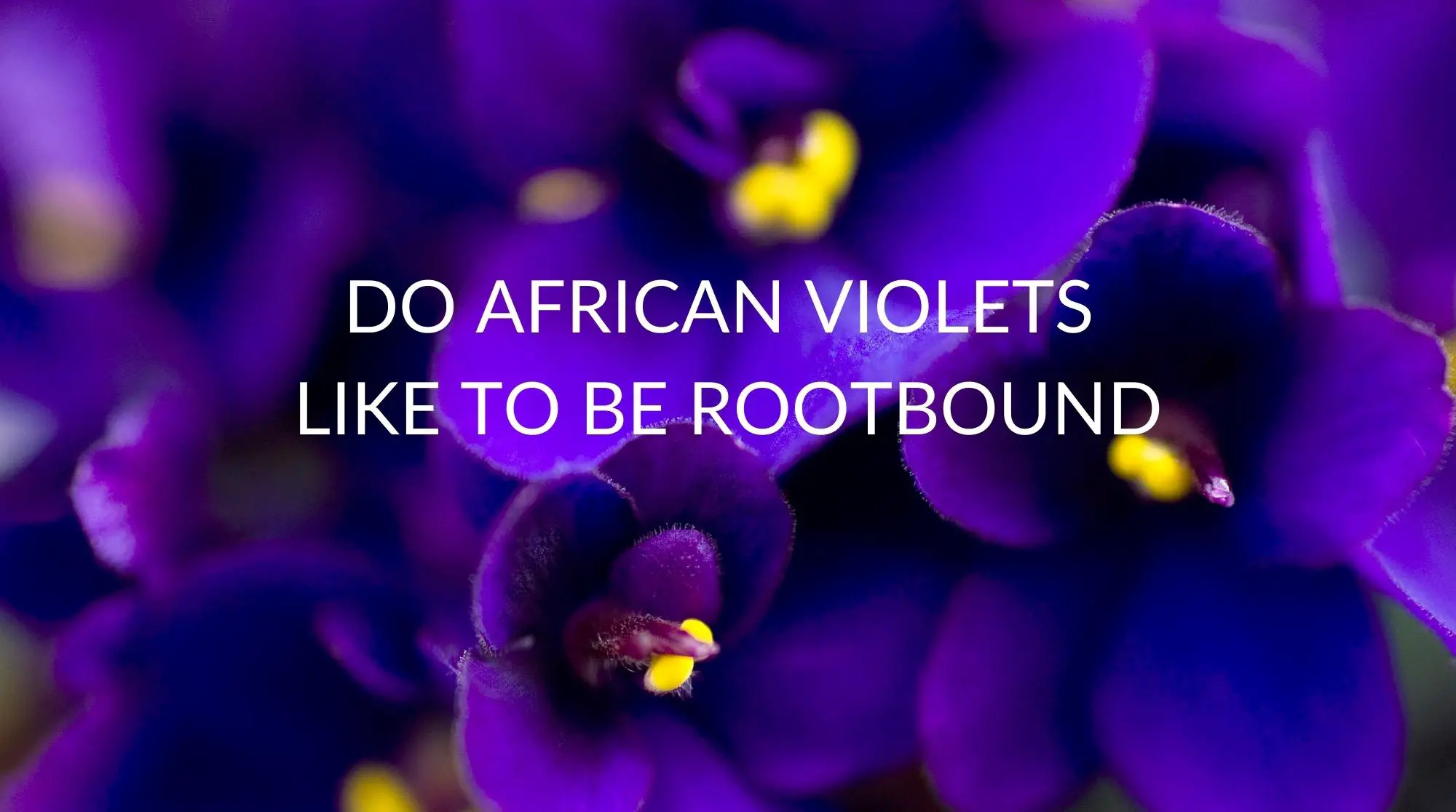African Violets are amazing plants. They provide gorgeous blooms, and they can flower all year round. But, they’re different than many others because, once root bound, they produce full blossoms in shades of blue, purple, violet, lavender, and pink. While African Violets do like to be root bound, they shouldn’t stay that way too long.
Many people mistakenly believe that African Violets are fussy plants or that they’re too challenging to care for. This isn’t necessarily true. While they do require specific things in order to thrive, it’s not difficult once you understand what those are.
Is It Good for African Violets to Be Root Bound?
African Violets love to be a little root-bound. Unlike other flowers, this helps them grow and develop their beauty. But they shouldn’t be root bound too much. This is because they require fresh soil and nutrients from time to time. So, you will have to repot the flower at some point.
You’ll know the plant is root bound by the appearance of many root tips around the circumference of the pot. When the stem and leaves clear the circumference of the pot, chances are, it’s root-bound. Another sign is when the plant has doubled or tripled in size, and the leaves show signs of wilting.

Do African Violets Need to Be Root Bound To Flower?
All African violets prefer being a little root bound in order to bloom well. As a matter of fact, the plant is healthiest in this state. If the roots aren’t somewhat abundant, flowers will not appear. This is what sets African Violets apart from other flowers.
It is possible for African Violets to “choke” if they remain root-bound for too long, however. This prevents blooming, and they reserve their energy for maintaining survival. When a gardener neglects to repot an African Violet, it will eventually die. So, when you notice leaves wilting and turning slightly brown, it’s time for a new home.
Wondering why you have a leggy African Violet? Find out why and what to do about it!
How Do You Repot a Root Bound African Violet?
Repotting an African Violet isn’t the same as repotting other types of plants. They aren’t fussy per se, but they do require a certain amount of care. If they don’t replenish well in a new pot, it can cause them to die. So, you should devise a plan of action before repotting.
The Pot
The most ideal pot is one made of terracotta that rests within another glazed pot. This will keep in moisture while maintaining a humid environment for the African Violets. You’ll be able to water the bottom and keep things moist.
If you don’t have one, you can always make your own similar setup. You will need a pot that’s about one-third the size of its leaf spread in diameter. Also, ensure there are plenty of drainage holes on the bottom. This will help with affluence and allow for watering from the bottom of the container.
Wondering whether your African Violets like to be misted? Click here!
Soil & Fertilizer
African Violets will sustain burning on their roots if they touch nitrogen. Therefore, you will have to use an organic potting mix and fertilizer made specifically for African Violets. You will not be able to use general soils or soil developed for succulents. All-around fertilizers will hurt the flowers.
Wondering whether your African Violets like to be crowded? Click here!
Taking It Out
When you remove the African Violet from its previous home, gently tap the sides of the pot against a firm surface to loosen the roots. You may need to use a butter knife to detach more stubbornly affixed root ends.
Treating & Separating the Root Ball
After taking out the plant, clear off all the excess dirt to reveal the plant’s root ball. You can tease the roots or rinse them off with water that’s at least 70°F. Cold water can damage the roots and kill the plant.
Separate the plant into two or three sections, taking care to follow the interweaving of the roots. You want to ensure you allocate as many roots per plant as possible without damaging them. If you separate plants this way, you can reuse the previous pot for at least one of them.
Ensuring Aeration
The most important thing for African Violets is to have proper root aeration. So, make sure the pot and soil have plenty of drainages. Unfortunately, it’s easy for African Violets to succumb to root rot. But, the roots should stay adequately moist. The key is to water from the bottom rather than the top.
Recap
Taking care of an African Violet isn’t difficult, but the plant is somewhat particular. However, unlike other plants, it loves to be a little root-bound. This is what produces the characteristic flowers African Violets are famous for. If you can be meticulous about its care, you’ll keep it growing and producing beautiful flowers for decades.

